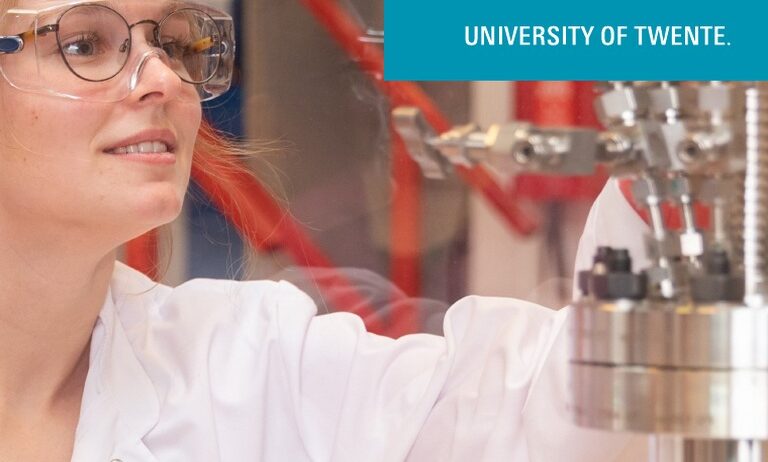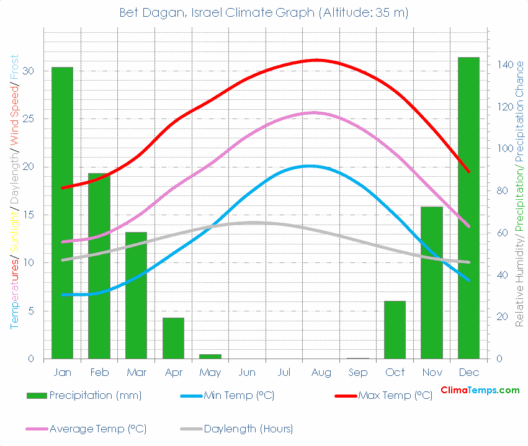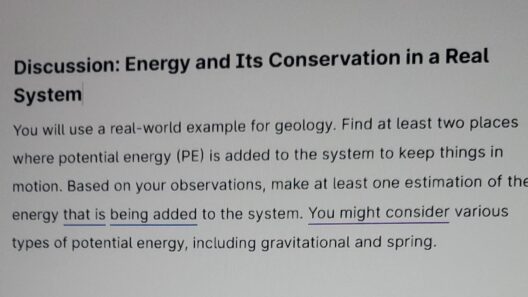In an era marked by escalating environmental concerns, the imperative to conserve energy has taken center stage. The term “Conserve Energy Future” embodies a holistic approach toward energy preservation, underscoring the urgent need for a paradigm shift in how societies perceive and utilize energy resources. This movement is not merely about reducing consumption; it entails fostering a sustainable ethos that reconciles human activity with the planet’s ecological limits.
The core philosophy underpinning conservation is rooted in the understanding that the Earth’s resources are finite. As humanity grapples with the existential threats posed by climate change, it becomes apparent that innovation and technology are paramount in steering us towards sustainability. This intersection of technology and environmental stewardship is where the promise of a sustainable future lies. By harnessing innovative solutions, societies can mitigate energy consumption while enhancing quality of life.
One compelling aspect of the energy conservation narrative is the potential for technology to reshape our understanding of sustainability. Advanced technologies, such as smart grids, renewable energy systems, and energy-efficient appliances, are at the forefront of this revolution. Smart grids, for instance, facilitate real-time monitoring and optimization of energy use, enabling consumers and industries to reduce waste significantly. The ability to dynamically adjust consumption in response to energy availability not only conserves resources but also alleviates stress on the electrical infrastructure.
Renewable energy technologies, including solar, wind, and hydropower, play a pivotal role in redefining energy landscapes. Unlike traditional fossil fuels, which are inherently unsustainable, renewables are abundant and have a lower environmental impact. The advent of solar panels has democratized energy production, allowing individual households to harness the sun’s power. In turn, this decentralization challenges conventional energy paradigms that rely heavily on centralized production, creating opportunities for local economies and reducing transmission losses.
However, the shift towards a sustainable energy future must transcend technological marvels. It necessitates a comprehensive understanding of energy efficiency and conservation practices at both individual and systemic levels. Simple actions, such as using LED lighting, optimizing heating and cooling systems, and embracing energy-efficient appliances, can lead to meaningful reductions in energy demand. This individual commitment, when scaled collectively, manifests as a formidable force against energy exploitation and waste.
The integration of technology in energy conservation also extends to the realm of transportation. The electrification of vehicles represents a transformative moment in reducing carbon footprints. Electric vehicles (EVs) not only rely on cleaner energy sources but also possess the potential to operate in concert with renewable energy systems. When charged using solar or wind energy, EVs contribute to a closed-loop system where energy is conserved and utilized efficiently. The promise is clear: as technology advances, so too does our ability to minimize environmental impact while accommodating modern mobility requirements.
Moreover, the digital revolution offers unprecedented opportunities for fostering energy awareness. Contemporary applications and platforms provide users with insights into their energy consumption patterns. By employing data analytics, individuals can identify peak consumption times and adjust their usage accordingly. Such awareness cultivates a culture of accountability and encourages consumers to make informed decisions that prioritize energy conservation.
Despite the promising advancements, challenges persist. The transition to a sustainable energy future is fraught with socio-economic considerations. Disparities in access to technology can impede equitable progress. Therefore, it is imperative to adopt inclusive strategies that ensure all demographic segments benefit from energy innovations. Policymakers, stakeholders, and communities must collaborate to bridge these gaps and facilitate access to essential resources that fortify the conservation narrative.
Furthermore, technology must be viewed as a facilitator rather than a panacea. The efficacy of technological solutions hinges on a cultural shift towards sustainability. Education plays a crucial role in shaping this perspective. By instilling a sense of environmental responsibility in future generations, societies can foster an intrinsic motivation to conserve energy. Schools, community organizations, and advocacy groups must champion the cause, promoting not just technological adoption but a fundamental re-evaluation of values surrounding energy use.
As the world evolves, so too should the conversation surrounding energy conservation. Emphasizing interconnectedness—between humans, technology, and the environment—encourages a broader understanding of sustainability. Energy conservation is not an isolated endeavor; it is intricately woven into the fabric of societal advancement and holistic well-being. In this light, every action taken towards conserving energy becomes a testament to our commitment to safeguarding the planet.
Ultimately, the quest for a sustainable energy future is a collective journey that requires collaboration, innovation, and unyielding commitment. It promises a revitalization of our relationship with energy, propelling us towards a world where conservation is not merely an ideal but a lived reality. As curiosity about sustainable practices deepens, individuals and communities alike can harness technology as a powerful catalyst for change, ensuring a resilient ecosystem for future generations.






